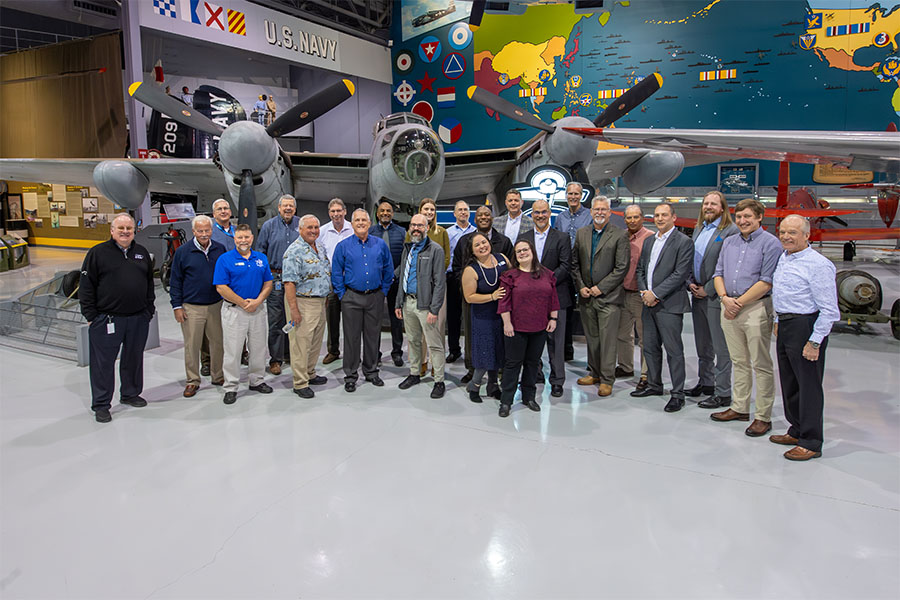The last week in February saw the 20th annual EAA/FAA Recreational Aviation Summit, or “Winter Summit,” take place. Over its two-decade history, this event has continued to be an opportunity for EAA and the FAA to meet collaboratively to discuss and advance issues important to general aviation, and this year was no exception. Since our founding in 1953, EAA has strived to continue to work as a true partner with the FAA, and our historical successes at these meetings prove the strength of this partnership.
Outputs of Winter Summit discussions have significantly contributed to policy changes that make aviation more affordable, more accessible, and safer for our members. Our partnership has resulted in an extensive list of accomplishments. It is a testament to what can be achieved when we openly discuss and act together on issues of mutual concern. Programs such as Task-Based Flight Testing, Additional Pilot Program, EAA’s Founders Innovation Prize, and STCs for low-cost safety-enhancing equipment originated in Summit meetings. Over the same period of time, the experimental and overall GA accident rates have significantly declined.
FAA representatives in this year’s summit included key officials from several offices, including Aircraft Certification, Flight Standards, Aviation Safety, Rulemaking, and the Great Lakes Region, most of whom traveled to Oshkosh to attend the event in person. The day-and-a-half meeting encompassed a robust agenda focusing on safety, certification, and regulatory issues. In addition to the advocacy team, EAA was represented by several of our aviation communities, including the Homebuilt Aircraft Council, Warbirds of America, International Aerobatic Club, Vintage Aircraft Association, and chapters.
This year’s topics included a review of E-AB safety with a focus on non-builder owner safety, legacy fleet maintainability, homebuilt aircraft using unleaded fuels, the status of the FAA’s implementation of the Designated Pilot Examiners Working Group recommendations, and the expansion of the Additional Pilot Program. Also discussed was the industry's interest in developing low-cost, low-powered, voluntary position-reporting equipment that could be used by many in the industry, for which existing certified ADS-B Out units are not an option. The meeting also included several other topics important to EAA members, including the MOSAIC rulemaking and issues impacting recreational UAS activities.
Attendees at this year’s event also experienced firsthand EAA’s commitment and investment in improving general aviation safety by participating in a hands-on demonstration of EAA’s Takeoff Emergency Planning Initiative. The demonstration utilized EAA’s Pilot Proficiency Center and its state-of-the-art Redbird simulators to provide an example of the work underway to educate pilots on the need to plan for takeoff emergencies after an engine failure on takeoff and evaluate all available options. Collaboration with the FAA in promoting aviation safety is at the core of our mission at EAA. Improvements in safety form the foundation of policy changes to improve access to affordable aviation. These goals are best realized through an open partnership between the FAA and EAA. Our longstanding relationship has brought about significant and remarkable changes through our decades of collaboration at events such as Winter Summit and AirVenture, and our everyday interactions throughout the year.

